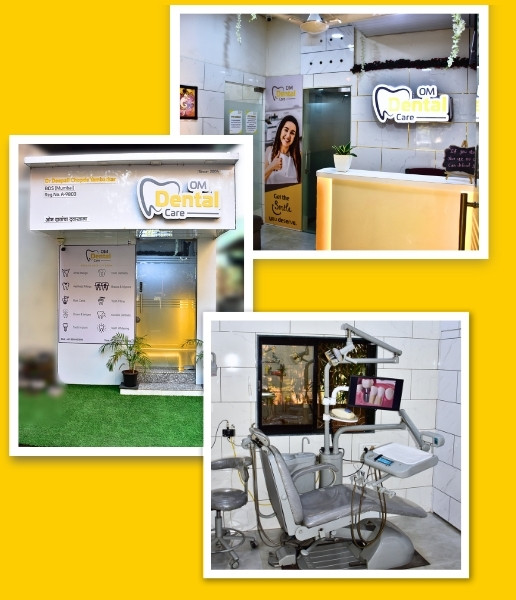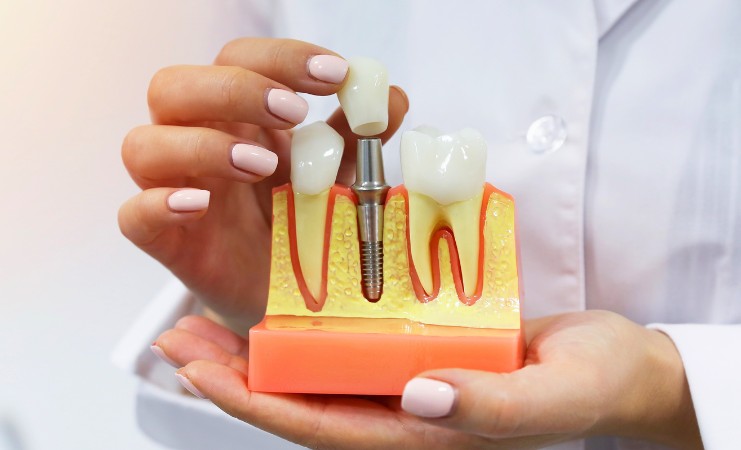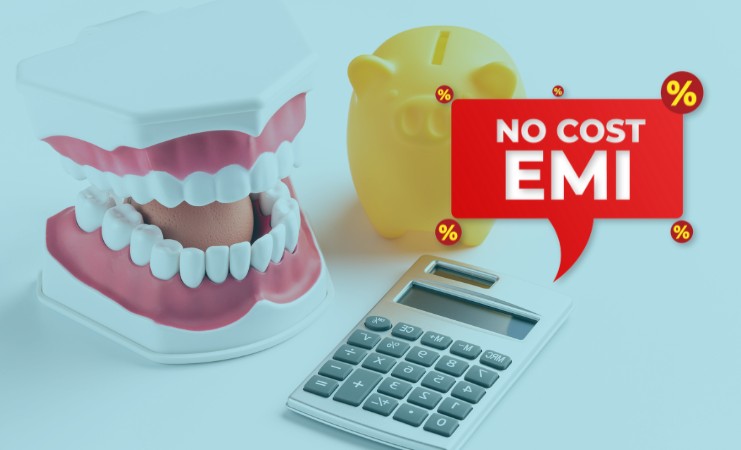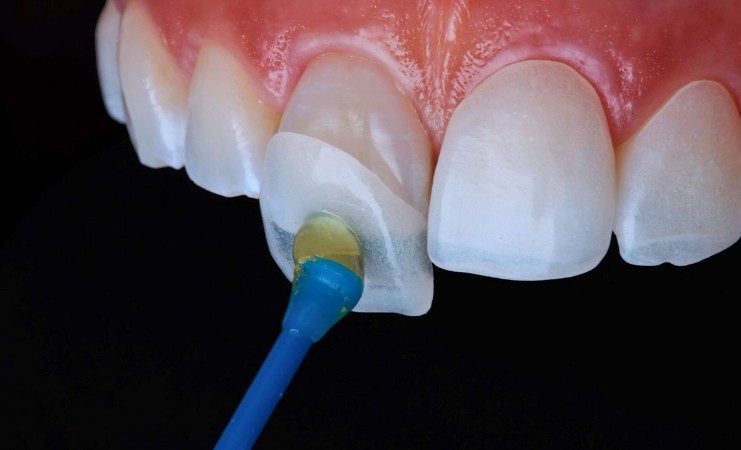Advanced
Technology
Expert
Dentist
Stringent
Sanitization
High-Quality
Treatment
0+
Years Of Experience


Dental Clinic In Kalyan
Located in the heart of Kalyan West, Om Dental Care has been bringing dazzling healthy smiles to the community over the past 2 decades.
With a team of experienced and dedicated dentists led by Dr. Deepali Tambatkar, the clinic offers a comprehensive range of dental services, from routine checkups and cleanings to advanced procedures like implants and cosmetic dentistry.
Whether you need a routine checkup, a complex restorative procedure, or a smile makeover, Om Dental Care has you covered.
Treatments
Root Canal Treatment
The ultimate solution to save a tooth from decay & infection.
Kids Dental Care
Keeping kids' smiles healthy with complete dental care.
Invisible Braces
Perfect your smile invisibly with invisible braces.
Deepali Chopde Tambatkar
Principle Dentist
Dr. Deepali Chopde Tambatkar is graduated from Nair Hospital Dental College (Mumbai)renowned and one of the best Dental colleges in-country. Completed her graduation in the year 2001
She has attended various courses and workshops on endodontics, periodontics, crown and bridge, laminates and veneers, orthodontics, dental implants, disimpaction many more and has done many cases for the same.
She has experience in treating more than 20000 patients to date.
She has 20 years of clinical experience.
View Profile
Speciality Treatments
Dental Implants
Replace your missing teeth
Smile Makeover
Get your dream smile
TMJ Treatment
No more jaw pain

What Our Patients Say!






